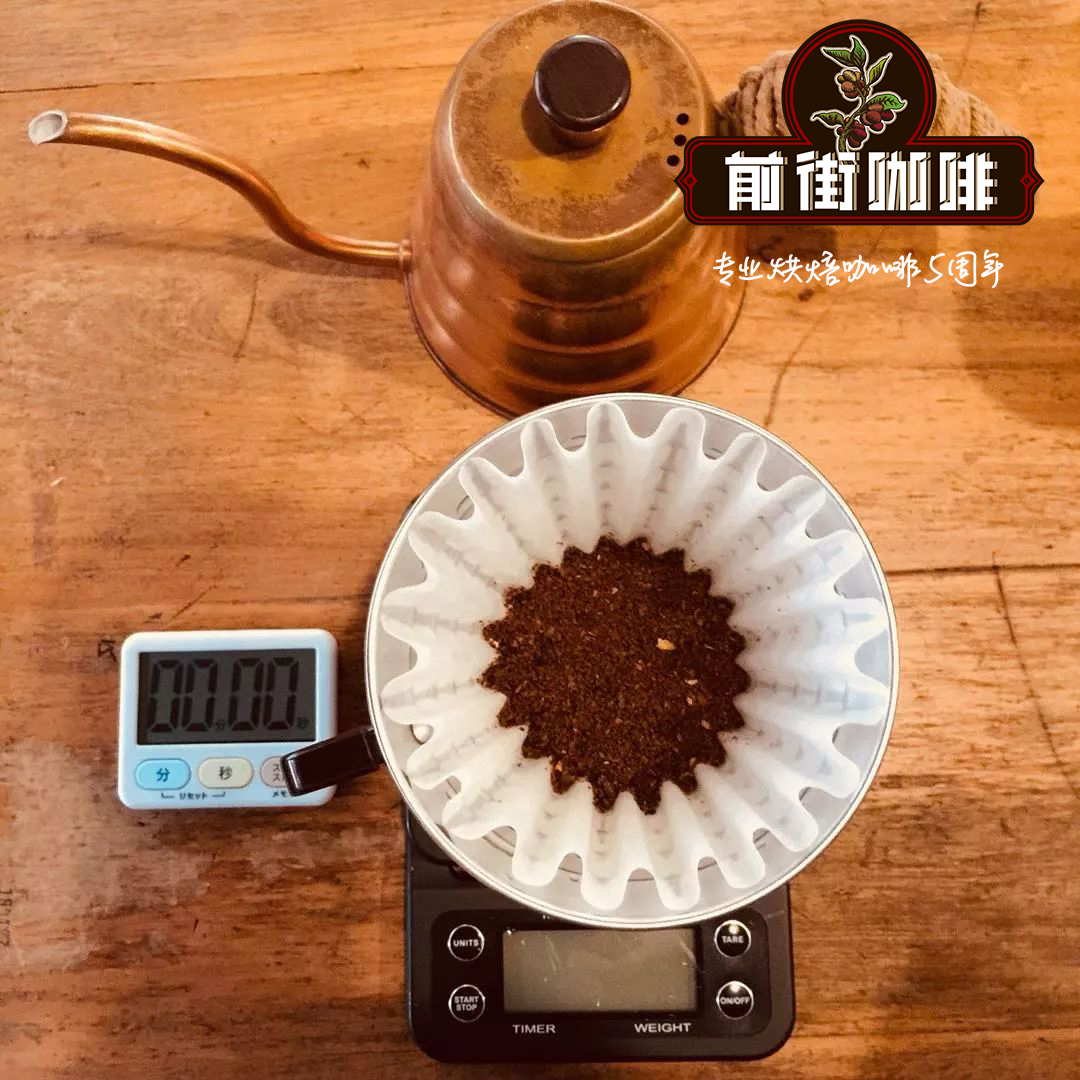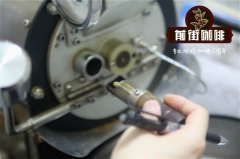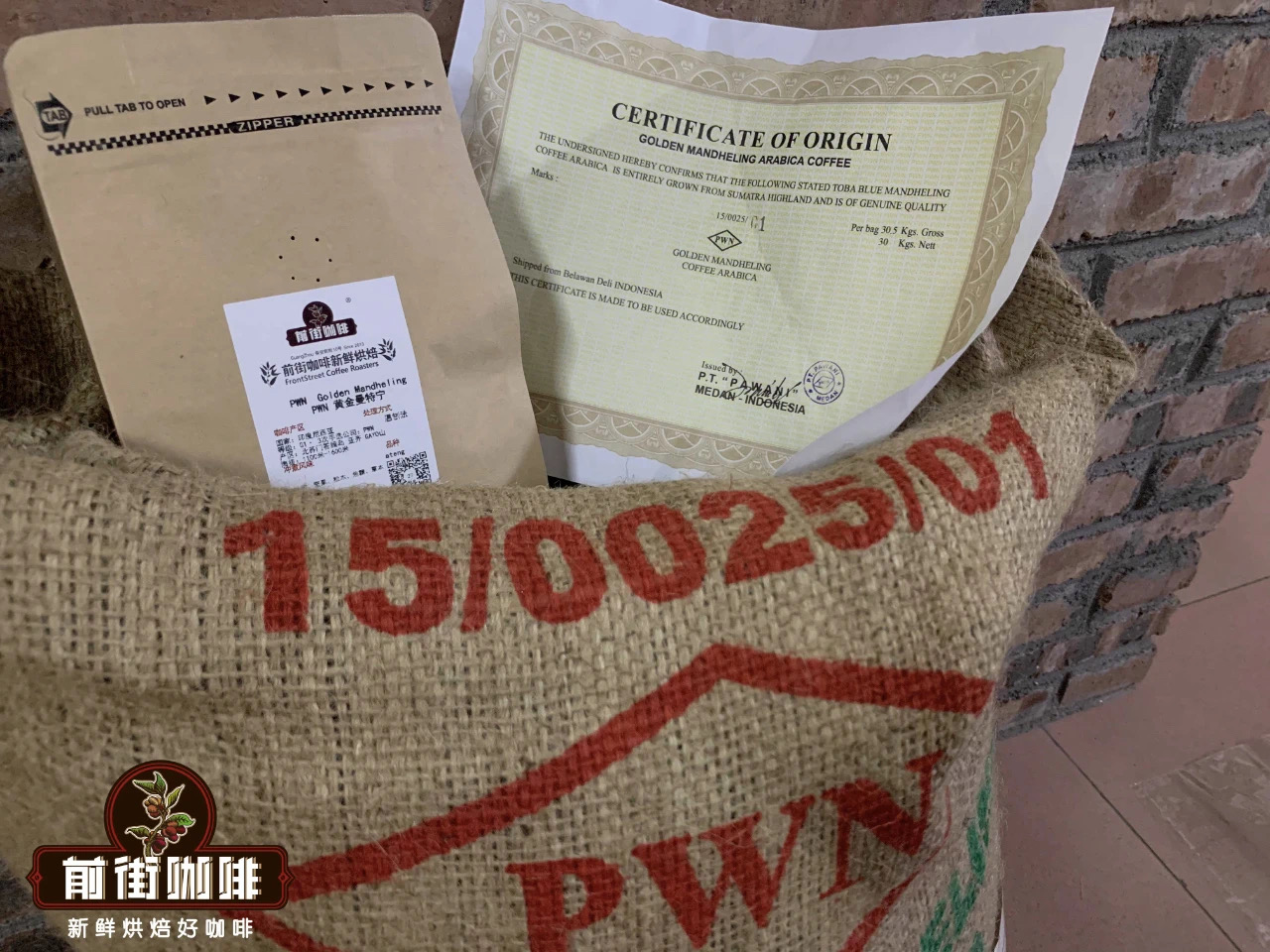The Holy Land of Lake FTC, North Sumatra, Indonesia selects how to cook Mantenin coffee beans.

Professional coffee knowledge exchange more coffee bean information please follow the coffee workshop (Wechat official account cafe_style)
This batch of Mantenin Coffee is called the Holy Land Choice. "you may mistake this Indonesian bean for a Central American washed bean." In any case, you just don't think of these beans as Indonesia in our traditional impression. " This is the feeling of Indonesia that I tasted this time. It is well known that Indonesian beans from North Sumatra and Aceh have a very unique flavor. Beans in this region are synonymous with full texture and low acidity, but they are also accompanied by quality instability and allude to the historical and political chaos of the region. For a long time, the defective flavor of moss and soil has been produced due to picking and treatment techniques. But Indonesian exporter PT INDO CAFCO believes that there is still great potential for the quality of Indonesian coffee beans, so in 2010 set up a grower training center FTC, located in Lake dopa in North Sumatra, whose main responsibility is to instill sustainable planting techniques, financial knowledge and quality control techniques to local growers. The producers in this area are dominated by a large number of small farmers (about 100000 families), and growers can receive guidance in FTC or in their villages. The content of the training is not limited to agricultural knowledge and operations, but also emphasizes the importance of environmental protection. So far, about 10500 growers have been trained.
Indonesia is a very humid place, which has a very significant impact on the handling of coffee. Traditional growers first complete the giling basah process (wet planing in Chinese, in which farmers remove the peel, pulp and pectin after picking coffee, and then let the beans ferment overnight for up to 12 hours). The wet coffee beans will be washed at least three times the next day to remove the remaining pectin. The coffee is then spread out on a tarp for four hours, when the moisture content is 40-50%, and then the beans are sold to the middleman. These wet coffee beans are directly shelled into asalan and then transported to Medan for further drying, selection, packaging and export. Because there are too many uncontrollable intermediaries, coffee beans are easily contaminated to have these defective flavors.
FTC built an off-the-ground bed to replace the tarpaulin on the floor, with labels next to each batch of coffee beans to record real-time progress, and a greenhouse for sun and honey treatment, where everything from wet shaving to full washing to solarization can be carried out. The initial experiment focused largely on drying technology. The performance of coffee at different moisture content, altitude and water activity after drying was observed in detail. Continue to do some customized treatment for some bakers in Europe and North America to continuously improve the process of sun and honey treatment, and develop some micro-batch products with stable flavor.
It is with this strong infrastructure and experimental data accumulation that FTC can steadily export boutique coffee in batches. In this Holy Land selection Mantenin Coffee, we drink complete flavors of cedar, sweet grass and cinnamon in light baking and full flavors of cedar, dark chocolate and herbal spices in deep roasting.
END
Important Notice :
前街咖啡 FrontStreet Coffee has moved to new addredd:
FrontStreet Coffee Address: 315,Donghua East Road,GuangZhou
Tel:020 38364473
- Prev

What is the 19th item of Indonesia's new season gold Manning? what is the difference between Huangman and ordinary coffee beans?
Professional coffee knowledge exchange more coffee bean information please follow the coffee workshop (Wechat official account cafe_style) people say that Manning coffee is the coffee beans produced in Sumatra? We don't have such a simple definition. For coffee lovers, Manning coffee refers to Sumatran Arabica coffee treated by wet peeling, which is a special wet stripping method.
- Next

PWN Golden Mantenin Coffee Bean varieties Wet planing treatment hand-flushed Mantenin recommended flavor and taste characteristics
Professional coffee knowledge exchange more coffee bean information please follow coffee workshop (Wechat official account cafe_style) Pawani is Indonesia's best-known raw bean acquisition company, mainly with Mantenin coffee species as its acquisition target, in Indonesia's best producing areas are completely acquired by it, the best Mantenin coffee
Related
- Detailed explanation of Jadeite planting Land in Panamanian Jadeite Manor introduction to the grading system of Jadeite competitive bidding, Red bid, Green bid and Rose Summer
- Story of Coffee planting in Brenka region of Costa Rica Stonehenge Manor anaerobic heavy honey treatment of flavor mouth
- What's on the barrel of Blue Mountain Coffee beans?
- Can American coffee also pull flowers? How to use hot American style to pull out a good-looking pattern?
- Can you make a cold extract with coffee beans? What is the right proportion for cold-extracted coffee formula?
- Indonesian PWN Gold Mandrine Coffee Origin Features Flavor How to Chong? Mandolin coffee is American.
- A brief introduction to the flavor characteristics of Brazilian yellow bourbon coffee beans
- What is the effect of different water quality on the flavor of cold-extracted coffee? What kind of water is best for brewing coffee?
- Why do you think of Rose Summer whenever you mention Panamanian coffee?
- Introduction to the characteristics of authentic blue mountain coffee bean producing areas? What is the CIB Coffee Authority in Jamaica?

